
The Ultimate Guide to Nutritious Home-Made Pet Foods
SUBSCRIBE TO OUR BLOG
Promotions, new products, and recipes.
As a pet owner, you want to ensure that your furry friend receives the best nutrition possible. While store-bought pet food may be convenient, it may not always meet your pet's nutritional needs. That's where homemade pet food comes in - it allows you to control the ingredients, ensuring that your pet receives a well-balanced and wholesome meal every time.
In this comprehensive guide, I will take you through the basics of preparing nutritious homemade pet food. From understanding the importance of pet nutrition to exploring different ingredients and recipes, you'll discover everything you need to create healthy and delicious meals that your pet will love.
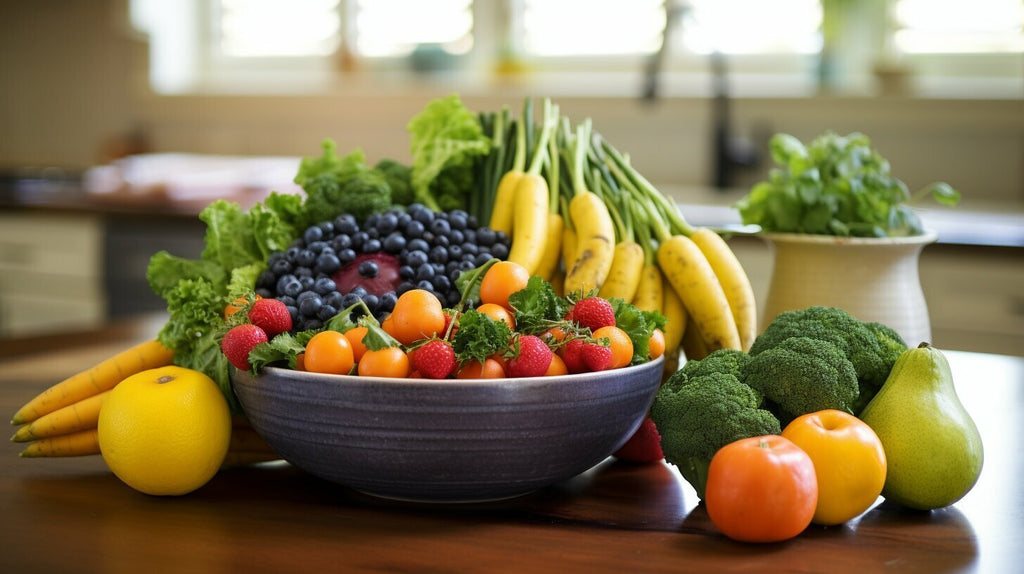
- Home-made pet food allows you to control the ingredients and ensure your pet receives a well-balanced and wholesome meal.
- Understanding pet nutrition is key to providing your furry friend with the best possible diet.
- Creating nutritious pet food at home comes with a variety of benefits, including greater control, customization, and potential cost savings.
- Essential ingredients for nutritious pet food include proteins, carbohydrates, healthy fats, and essential vitamins and minerals.
- Transitioning your pet from commercial pet food to homemade meals requires patience and a gradual approach.
The Importance of Nutritious Pet Food
As a responsible pet owner, ensuring that your furry friend receives the best possible care is a top priority. This includes making sure that they consume a nutritious and well-balanced diet. Pet food is the foundation of your pet's health, and it's essential to choose the right one for their specific needs.
Feeding your pet a nutritious diet is essential for their overall health and well-being. A nutritionally balanced diet can help your pet maintain a healthy weight, improve their energy and vitality, and even reduce the risk of developing certain health conditions.
When choosing pet food, it's important to take into account your pet's age, size, medical conditions, and activity levels. This will help you choose the right food to meet their nutritional needs. Remember, not all pet foods are created equal, and it's crucial to read labels and understand the ingredients.
Providing your pet with nutritious food can also be an excellent way to strengthen your bond with them. Taking the time to prepare healthy meals or research the best store-bought options can show your pet that you care for their well-being.
Overall, feeding your pet nutritious food is one of the most important things you can do for their health and happiness. It may take some time to find the right food for your pet's needs, but the effort is well worth it.
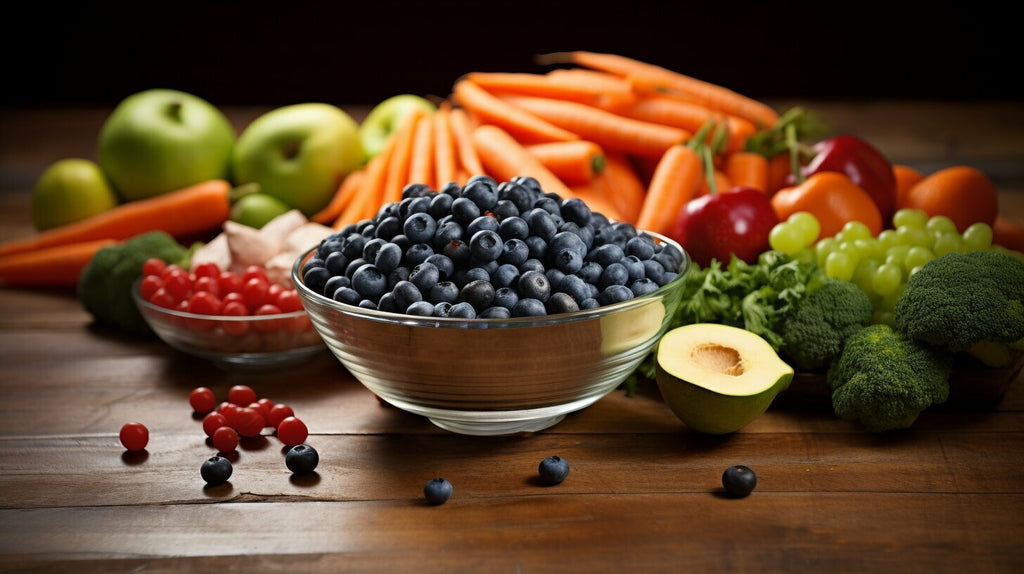
As pet owners, we want to provide our furry companions with the best possible care, and that includes ensuring their dietary needs are met. Pet nutrition is a complex topic, and it's essential to have a solid understanding of the basics before diving into the world of homemade pet food.
Dogs and cats have distinct dietary needs that must be met to maintain their overall health and well-being. While dogs have a more omnivorous diet and can consume a variety of foods, cats are obligate carnivores and require a diet high in animal protein.
Some of the essential nutrients for both dogs and cats include:
- Protein: essential for muscle growth and maintenance
- Fat: sources of energy and important for healthy skin and coat
- Carbohydrates: provides energy and fiber for digestion
- Vitamins and minerals: essential nutrients that support various bodily functions
When selecting commercial pet food for your furry friends, it's crucial to read the labels and understand the ingredients. Look for options that contain high-quality protein sources and avoid foods that contain fillers and artificial preservatives.
Alternatively, if you're considering preparing home-made pet food, it's important to ensure that the meals are well-balanced and meet your pet's nutritional needs. This might require consulting with a veterinarian or animal nutritionist to ensure that your pet is getting all the essential nutrients.
Important Considerations for Dog and Cat Food
When preparing home-made pet food, it's essential to avoid ingredients that can be harmful to your furry friends. For example, dogs should not consume chocolate, avocado, grapes, or onions, while cats should not consume garlic, onions, or chives.
Additionally, it's important to understand how to properly prepare and store pet food to reduce the risk of contamination and foodborne illness. This might include cooking meat thoroughly and refrigerating or freezing meals in a timely manner.
By understanding the basics of pet nutrition, you can make informed decisions about your pet's diet and ensure that they receive the essential nutrients they need for optimal health and well-being.
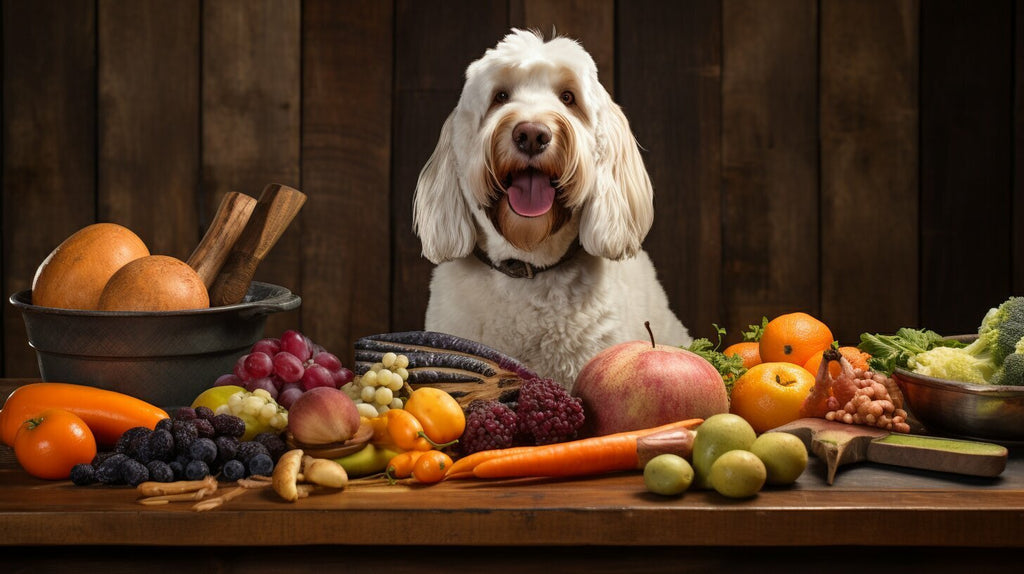
There are many benefits to preparing homemade pet food for your furry friend. One of the most significant advantages is greater control over the ingredients used, ensuring that your pet gets a wholesome and nutritious meal every time. With store-bought options, it can be challenging to know exactly what your pet is consuming, and the quality of the ingredients can vary widely.
By preparing your own pet food, you can choose high-quality, fresh ingredients to create a meal that meets your pet's nutritional needs perfectly. You can also customize your recipes to cater to specific dietary requirements, such as grain-free or hypoallergenic diets.
Another benefit of homemade pet food is that it can be cost-effective in the long run. While it may require more time and effort upfront, preparing larger batches and freezing them can be a convenient and economical way to provide your pet with nutritious meals every day.
Home-made pet food also allows you to bond with your pet on a deeper level as you share mealtimes together. Your furry friend will appreciate the effort and love you put into preparing their food, and they will enjoy the delicious and nutritious meals you provide.
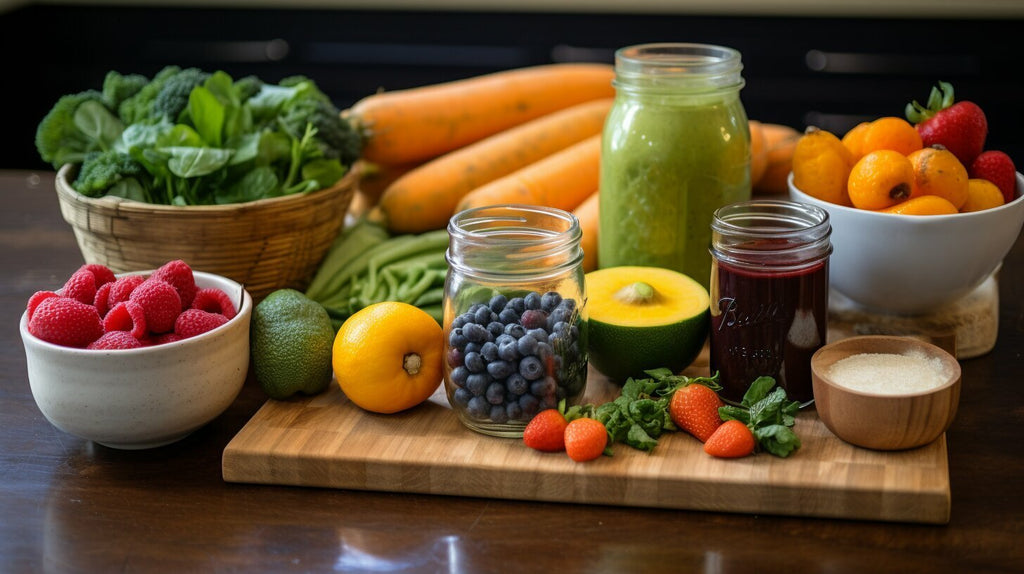
“Making your own pet food comes with a myriad of benefits. In this section, we will explore the advantages of preparing homemade meals for your pets, including greater control over ingredients, customization for specific dietary needs, and potential cost savings.”
Essential Ingredients for Nutritious Pet Food
Building a nutritious pet food recipe starts with selecting the right ingredients. It's important to remember that pets have unique dietary needs, and selecting the right ingredients helps ensure that they receive all the necessary nutrients. Here are some essential ingredients to consider when preparing nutritious pet food:
| Proteins | Carbohydrates | Healthy Fats |
|---|---|---|
| Meat: Chicken, turkey, beef, lamb, pork, fish | Vegetables: Sweet potatoes, green beans, carrots, peas | Omega-3 Fatty Acids: Fish oil, flaxseed oil |
| Organ Meat: Liver, kidney, heart | Grains: Brown rice, quinoa, oatmeal | Coconut Oil: Rich in medium-chain triglycerides (MCTs) |
| Eggs: A complete protein source | Legumes: Lentils, chickpeas, beans | Avocado: A source of healthy monounsaturated fats |
In addition to these essential ingredients, it's important to include essential vitamins and minerals to ensure a well-balanced diet. These can be found in supplements or through the addition of certain fruits and vegetables. For example, incorporating leafy greens like spinach and kale can provide a great source of vitamins A, C, and K, while berries can offer antioxidants and fiber.
When selecting ingredients for your pet's food, avoid anything that may be toxic to them. Some common foods that should be avoided include chocolate, grapes, and onions.
By selecting the right ingredients and ensuring a well-balanced diet, you can provide your pets with nutritious homemade meals that promote their health and vitality.
Understanding Hydrocolloids and Thickeners for Pet Food
Hydrocolloids and thickeners are essential components of pet food, as they play a vital role in the texture and consistency of the final product. There are various hydrocolloids and thickeners available, and choosing the right ones for your pet's food can be a daunting task. In this section, I will explore some popular hydrocolloids and thickeners used in pet food and their benefits.
Hydrocolloids for Pet Food
Hydrocolloids are substances that can form gels or viscous solutions when mixed with water. These substances are widely used in pet food to improve texture, stability, and moisture retention. Here are some common hydrocolloids used in pet food:
| Hydrocolloid | Benefits |
|---|---|
| Agar Agar | Provides firmness and stability to canned foods; can thicken water-based liquids |
| Carrageenan | Forms a gel when mixed with water; improves texture in wet cat food |
| Alginate | Forms a gel when mixed with calcium; used in dry pet food to improve structure and reduce dust |
Using hydrocolloids in pet food can offer numerous benefits, including improving texture, reducing moisture loss, and extending shelf life. However, it's essential to use them in the correct proportions and to avoid any potential adverse effects.
Thickeners for Pet Food
Thickeners are substances that add thickness and body to liquids and can be used to improve the texture of pet food. They are typically used in wet pet food to create a more substantial texture and can be beneficial for pets with dental issues. Here are some commonly used thickeners in pet food:
| Thickener | Benefits |
|---|---|
| Xanthan Gum | Improves texture and ensures even distribution of ingredients in wet pet food; can also be used in dry pet food to reduce dust |
| Gelatin | Used in canned pet food to create a more rubbery texture; can also improve the taste |
| Guar Gum | Thickens liquids and can help prevent separation of ingredients in wet pet food; can also be used in dry pet food to improve the structure and reduce dust |
Thickeners can be an excellent addition to pet food, but it's essential to use them in moderation. Overuse of thickeners can lead to digestive issues and potential blockages, so always follow the recommended guidelines for usage.
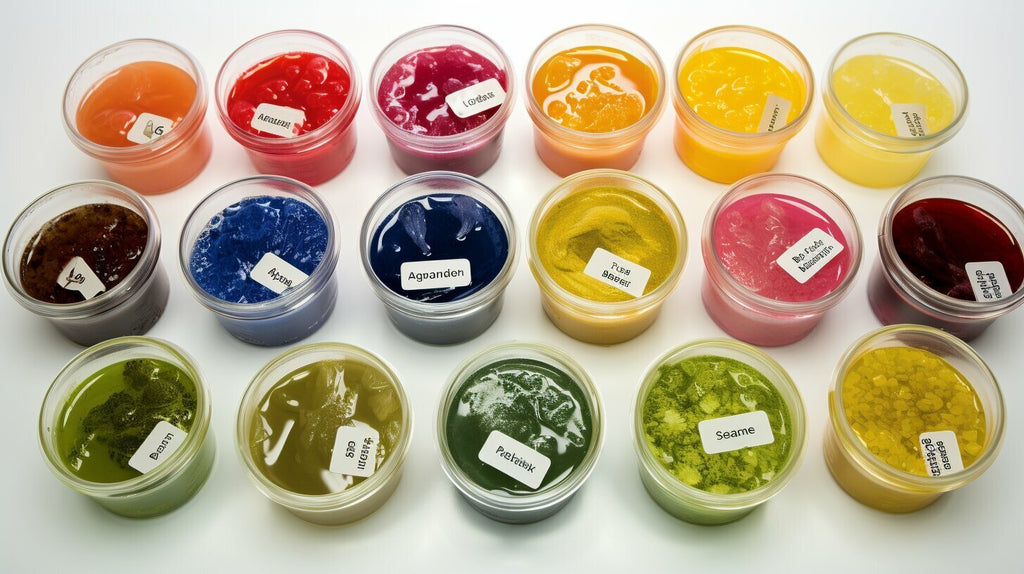
Incorporating hydrocolloids and thickeners into your pet food recipe can improve texture, stability, and moisture retention. However, it's crucial to use them in moderation and according to recommended guidelines.
Home-Made Pet Food Recipes for Dogs
As a pet owner, your dog’s health and well-being are of utmost importance. Making your own dog food is an excellent way to ensure they are getting the nutrition they need while also providing them with food they will love. Here are three easy and nutritious home-made dog food recipes that your furry friend will enjoy:
| Recipe | Ingredients | Instructions |
|---|---|---|
| Homemade Wet Dog Food |
|
|
| Beef and Vegetable Stew for Dogs |
|
|
| Chicken and Rice for Dogs |
|
|
These recipes can be customized to your dog's dietary needs and preferences. You can add or substitute ingredients as needed, but be careful to avoid harmful foods such as chocolate, onions, and garlic. Always consult with your veterinarian to ensure your recipes are appropriate for your dog's health.
Preparing homemade dog food is an excellent way to nourish your furry companion and show them how much you care. With these easy and nutritious recipes, you can provide your dog with delicious and well-balanced meals that will keep them healthy and happy.
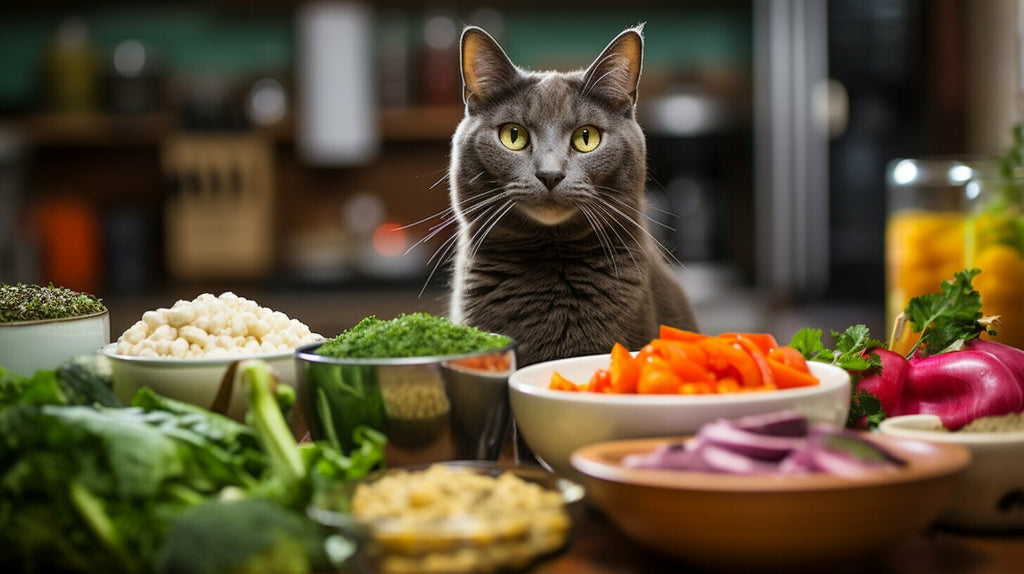
Home-Made Pet Food Recipes for Cats
As obligate carnivores, cats require a diet rich in protein and healthy fats. Below are some homemade pet food recipes data-mce-fragment="1"> that are not only palatable but also meet their unique nutritional needs.
| Recipe | Ingredients | Instructions |
|---|---|---|
| Chicken and Tuna Delight Cat Food |
|
|
| Salmon and Carrot Geele Cat Food |
|
|
| Beef and Pea Pudding Cat Food |
|
|
Remember, when feeding your cat home-made pet food, it's important to ensure that the recipe is well-balanced and meets all their nutritional needs. Consult with your veterinarian to determine the appropriate feeding amounts and ensure that your cat is getting all the essential nutrients they require.
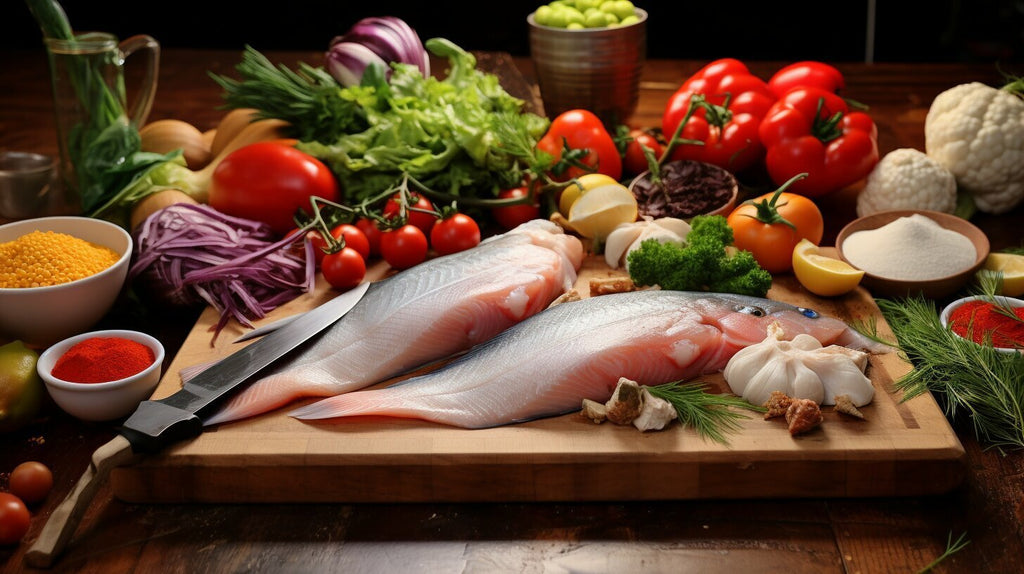
Transitioning your pet to a homemade pet food diet can be a gradual process, but with the following tips, it can be a smooth and stress-free experience for both you and your furry friend.
Make the Transition Slowly
It's important to introduce new foods gradually to avoid gastrointestinal upset. Start by replacing a small portion of your pet's commercial pet food with homemade food and gradually increase the ratio each day. This allows your pet's digestive system to adjust to the new diet without any issues.
Consult with Your Veterinarian
Before making any dietary changes, it's always a good idea to consult with your veterinarian. They can provide insight into your pet's specific dietary needs and recommend any necessary adjustments to your homemade recipe.
Monitor Your Pet's Health
As you transition your pet to homemade pet food, keep an eye on their overall health, including their weight, energy levels, and coat condition. If you notice any changes, it may be necessary to adjust the recipe to ensure it meets their nutritional needs.
Incorporate Variety
Just like humans, pets enjoy a variety of foods. Introduce a variety of proteins, vegetables, and grains into your pet's diet to keep their meals interesting and provide a well-rounded nutritional profile.
Invest in High-Quality Ingredients
Using high-quality, fresh ingredients is key to creating nutritious home-made pet food. Shop for ingredients that are organic and free from artificial preservatives, colors, and flavors. And don't forget to always thoroughly wash any produce before use.
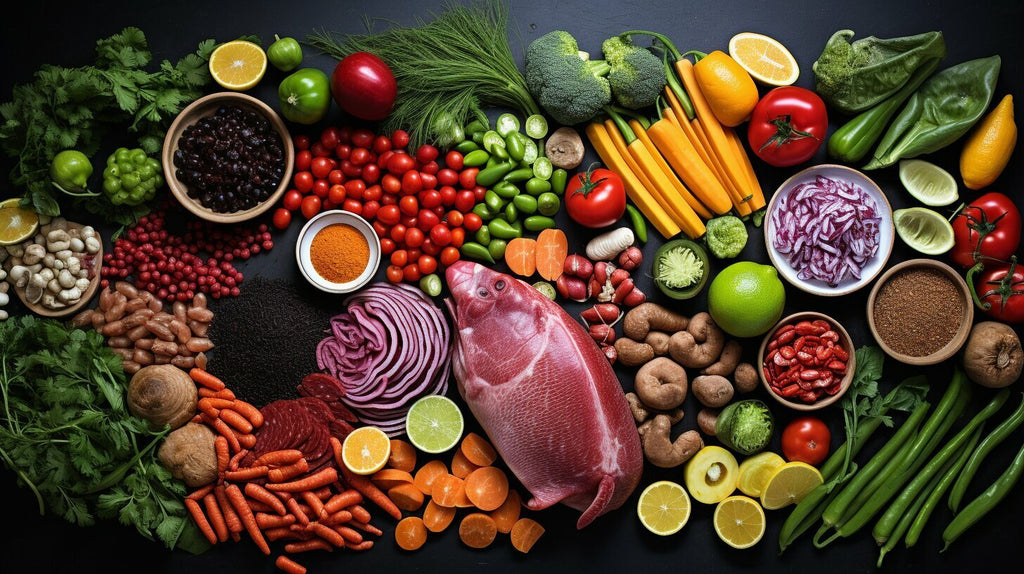
With these tips, transitioning your pet to a homemade pet food diet can be smooth and stress-free. Remember to take it slow, consult with your veterinarian, monitor your pet's health, incorporate variety, and invest in high-quality ingredients. Soon enough, your pet will be enjoying nutritious and delicious meals made with love.
Ensuring Balanced and Nutritious Pet Meals
When preparing home-made pet food, it's essential to ensure that your pet is receiving all the necessary nutrients for a healthy diet. A well-balanced meal plan will also help prevent potential health issues and maintain your pet's overall wellbeing. Here are some tips to ensure balanced and nutritious meals for your furry friend:
- Protein: Protein is a crucial component of your pet's diet, providing essential amino acids for healthy muscles, skin, and fur. Choose lean meats, such as chicken, turkey, or fish, or plant-based protein sources, such as lentils or beans, to give your pet a healthy protein boost.
- Carbohydrates: Carbohydrates are necessary for energy and digestive health. Choose whole grains like brown rice or quinoa, or vegetables like sweet potatoes and peas for a healthy source of carbs.
- Fats: Fats are essential for your pet's skin and coat health, as well as for energy. Choose healthy fats like salmon oil or flaxseed oil to add to your pet's diet.
- Vitamins and Minerals: Adding fresh fruits and vegetables to your pet's diet can provide important vitamins and minerals such as vitamin A, vitamin C, and calcium. Leafy greens like kale and spinach, or fruits like blueberries, are great options.
- Consult with a Vet: It's essential to consult with a veterinarian who can assess your pet's dietary needs and make recommendations based on their health condition, age, and breed.
With careful planning and consideration, you can ensure that your pet receives a well-balanced and nutritious diet. The key is to provide a variety of ingredients and adjust portions based on your pet's needs. By providing wholesome home-made meals, you can keep your furry friend healthy and happy.
While preparing home-made pet food is a wonderful way to ensure your furry friend gets all the nutrition they need, there are some pitfalls you should be aware of to keep your pet safe and healthy. Here are some tips to help you avoid these common mistakes.
1. Inadequate Nutritional Balance
One of the most common mistakes pet owners make when preparing home-made pet food is not providing adequate nutrition. To avoid this, make sure to include all the essential macronutrients, such as protein, carbohydrates, and healthy fats, as well as micronutrients such as vitamins and minerals, in your pet's diet. It's a good idea to work with a veterinarian or animal nutritionist to ensure your pet's meals are well-balanced.
2. Unsafe Ingredients
Another pitfall to avoid is using unsafe ingredients in your pet's meals. Some human foods, such as chocolate, onions, and grapes, can be toxic to pets. Other ingredients, such as bones, can pose a choking hazard or cause injury to their digestive system. Always research the safety of an ingredient before including it in your pet's food, and consult with a veterinarian if you are unsure.
3. Poor Food Handling and Storage
When preparing and storing home-made pet food, it's essential to practice proper food handling and storage techniques. Bacteria can grow quickly in improperly stored food, causing foodborne illness in pets. Make sure to wash your hands and any utensils thoroughly before and after preparing food, and store prepared meals in airtight containers in the refrigerator or freezer to keep them fresh and safe to eat.
4. Overfeeding or Underfeeding
A common mistake pet owners make is overfeeding or underfeeding their pets. This can lead to obesity or malnutrition, both of which can have negative health consequences. To avoid this, make sure to measure your pet's food portions carefully and adjust them based on their age, activity level, and overall health. If you are unsure how much to feed your pet, consult with a veterinarian or animal nutritionist.
By following these tips, you can ensure that your homemade pet food is safe, nutritious, and delicious for your furry companion. Remember, your pet's health and happiness are in your hands, so make sure to take the time to prepare their meals with love and care.
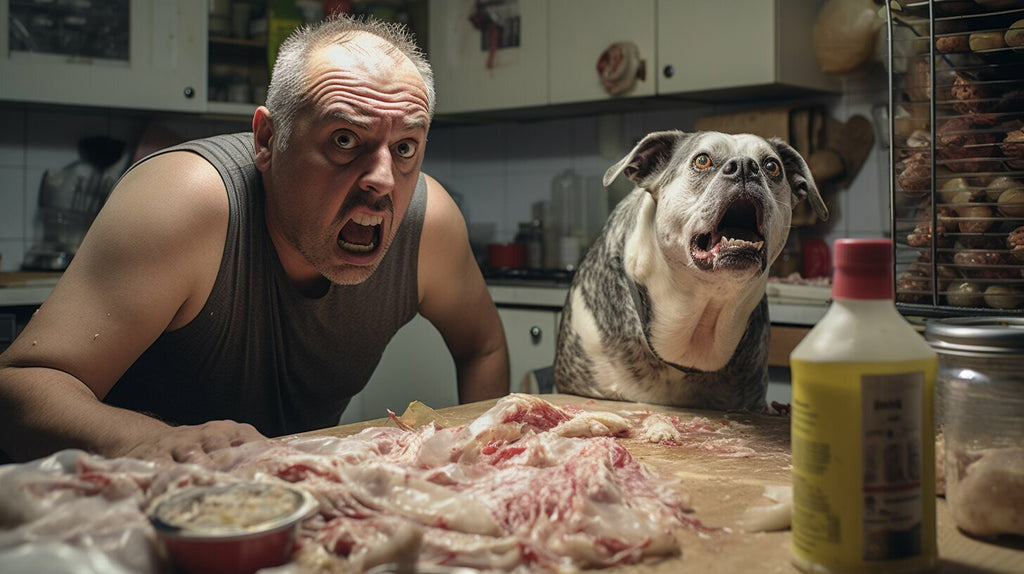
Thank you for reading this ultimate guide to nutritious homemade pet food. I hope you have gained valuable insights into the importance of providing your pets with wholesome meals made with love. Remember, feeding your pets nutritious food is crucial for their overall health and well-being.
Creating homemade pet food comes with a myriad of benefits, including greater control over ingredients, customization for specific dietary needs, and potential cost savings. By understanding the basics of pet nutrition and selecting the right ingredients, you can ensure your furry friends receive well-balanced and nutritious meals.
The Power is in Your Hands
Your pets rely on you to make the best decisions for their health and happiness. By preparing nutritious home-made pet food, you are taking a proactive step towards improving their quality of life.
Remember, transitioning your pets from commercial food to homemade meals requires patience and a gradual approach. Be sure to follow the tips and strategies provided to make the process as smooth as possible.
Start Today
There's no better time to start preparing nutritious homemade pet food for your furry friends. By following the recipes and principles outlined in this guide, you can ensure they receive the essential nutrients they need to thrive.
Thank you for trusting me to guide you through this pet food journey. I wish you and your pets all the best on your path to optimal health and happiness.
FAQ
Q: Why is nutritious pet food important?
A: Nutritious pet food is important because it provides the essential nutrients that our pets need for their overall health and well-being. It can support their longevity, vitality, and overall quality of life.
Q: What are the benefits of home-made pet food?
A: Home-made pet food offers several benefits, including greater control over ingredients, customization for specific dietary needs, and potential cost savings compared to store-bought options. It allows you to provide your pets with wholesome meals made with love.
Q: What are the essential ingredients for nutritious pet food?
A: Nutritious pet food should include proteins, carbohydrates, healthy fats, and essential vitamins and minerals. These components help ensure a well-rounded diet for your furry friends.
Q: How do I transition my pet to homemade pet food?
A: Transitioning your pet to homemade pet food requires a gradual approach. Start by mixing small amounts of the new food with their current food and slowly increase the ratio over time. This helps their digestive system adapt to the change.
Q: How can I ensure balanced and nutritious pet meals?
A: To ensure balanced and nutritious pet meals, it's essential to understand the principles of balance. Include a variety of ingredients and choose recipes that meet your pet's specific nutritional needs. Consulting with a veterinarian or pet nutritionist can also provide valuable guidance.
Q: What common pitfalls should I avoid in homemade pet food preparation?
A: When preparing homemade pet food, it's important to avoid common pitfalls such as unbalanced diets, improper cooking techniques, and using potentially harmful ingredients. Pay attention to portion sizes and seek professional advice when needed.


|
About the Author Ed is the founder of Cape Crystal Brands, editor of the Beginner’s Guide to Hydrocolloids, and a passionate advocate for making food science accessible to all. Discover premium ingredients, expert resources, and free formulation tools at capecrystalbrands.com/tools. — Ed |
- Choosing a selection results in a full page refresh.



